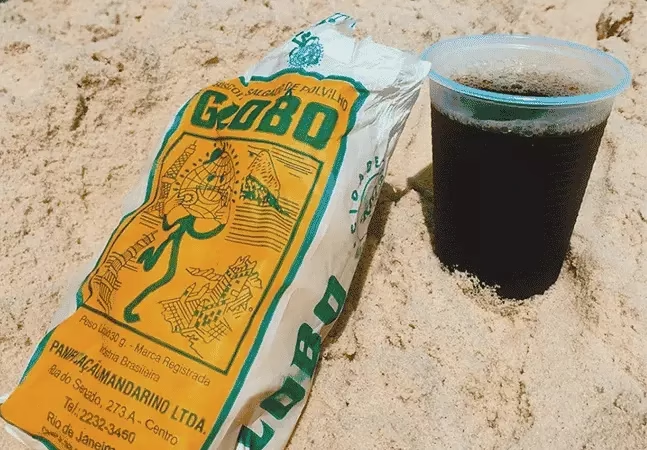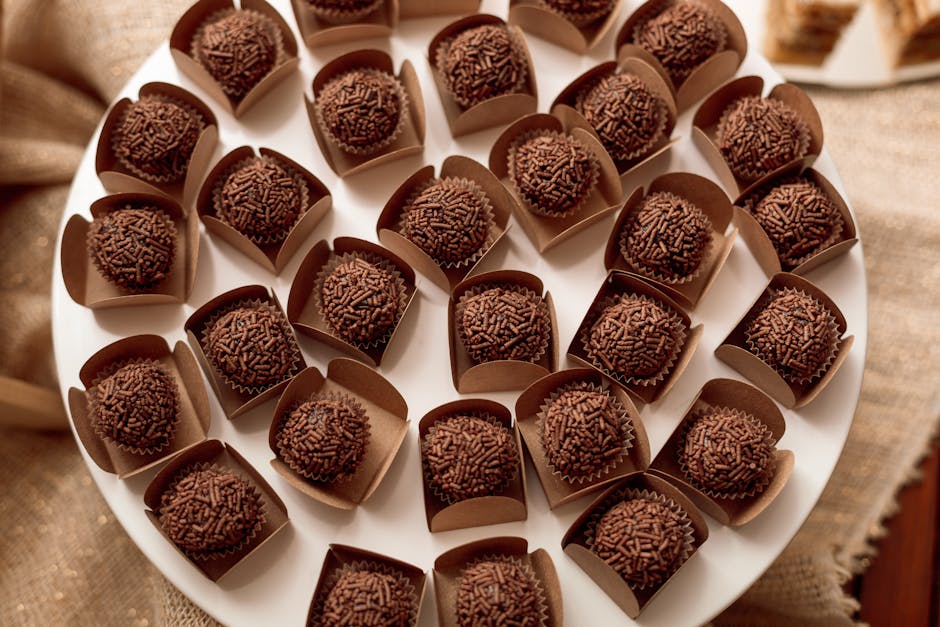When you think of Rio de Janeiro, images of sun-soaked beaches, the iconic Christ the Redeemer statue, and the rhythmic sounds of samba might come to mind. However, there’s another quintessential aspect of Rio that tourists and locals alike cherish: Biscoito Globo. This light, airy snack has become a symbol of Rio’s beach culture, captivating taste buds for over half a century. Let’s dive into the origins of Biscoito Globo and explore why it holds a special place in the hearts of cariocas.
The Humble Beginnings
The story of Biscoito Globo began in the 1950s when two brothers, Milton and Jaime Ponce, emigrated from Spain to Brazil in search of new opportunities. Settling in Rio de Janeiro, they decided to start a bakery business. However, it wasn’t until the early 1960s that they crafted the recipe for the now-famous biscuit.
Initially sold in bakeries around the city, Biscoito Globo’s popularity quickly soared thanks to its unique texture and flavor. The biscuit comes in two varieties: sweet and savory, each catering to different taste preferences. Both types are made from simple ingredients—manioc starch, eggs, sugar, and milk—but their lightness and crispness set them apart.
A Beachside Tradition

By the 1970s, Biscoito Globo found its natural home on Rio’s beaches. Vendors began carrying wicker baskets filled with the biscuits, walking along the sands of Copacabana, Ipanema, and Leblon, calling out to beachgoers. These vendors often paired Biscoito Globo with ice-cold mate, a refreshing tea served in large steel barrels. The combination of the biscuit’s crunch and the mate’s sweetness became an unbeatable duo for those enjoying the sun and sea.
What Makes It So Special?
1. Simplicity Meets Perfection
Biscoito Globo’s minimalist recipe is a testament to how simple ingredients can create something extraordinary. The biscuit’s lightness makes it a guilt-free snack, and its lack of preservatives appeals to those seeking natural products.
2. Cultural Icon
Beyond its taste, Biscoito Globo is a cultural icon. It represents leisure, community, and the carefree spirit of Rio’s beach culture. For many, it’s more than just a snack; it’s a nostalgic reminder of childhood trips to the beach or relaxed afternoons with friends.
3. Accessibility
Priced affordably and available year-round, Biscoito Globo is an egalitarian snack. It bridges social classes and unites people under a shared love for its unmistakable flavor and texture.
The Secret to Its Enduring Popularity
Despite competition from modern snacks, Biscoito Globo has remained a staple. Its success lies in its authenticity and unchanged recipe. While the world around it has evolved, the biscuit’s makers have stayed true to their roots, ensuring that every bite evokes the same feelings of joy and nostalgia.
Moreover, the association with Rio’s beaches gives the snack a unique identity. Tourists see it as a must-try experience, while locals view it as an essential part of their lifestyle. The packaging, with its retro design and iconic blue and red lettering, further solidifies its charm.
How to Enjoy Biscoito Globo
If you’re visiting Rio, here’s how to make the most of your Biscoito Globo experience:

- Pair it with Mate: Look for vendors carrying steel barrels and order a glass of ice-cold mate alongside your biscuit.
- Choose Your Flavor: Try both the sweet and savory varieties to decide your favorite.
- Relax and Savor: Find a spot on the sand, listen to the waves, and enjoy this authentic taste of Rio.
Biscoito Globo is more than a snack; it’s a cultural phenomenon that embodies the spirit of Rio de Janeiro. Its humble origins, unwavering popularity, and deep connection to the city’s beach culture make it a must-try for anyone visiting Brazil. Whether you’re strolling along Copacabana or soaking up the sun in Ipanema, be sure to savor this iconic treat. It’s a small bite of history that captures the essence of carioca life.





